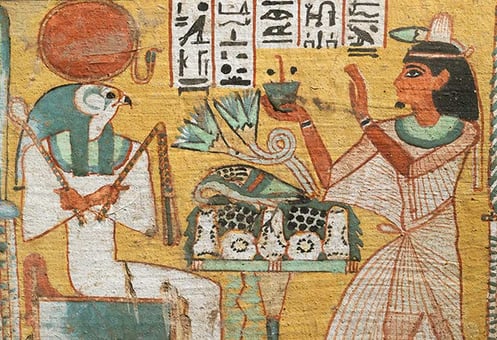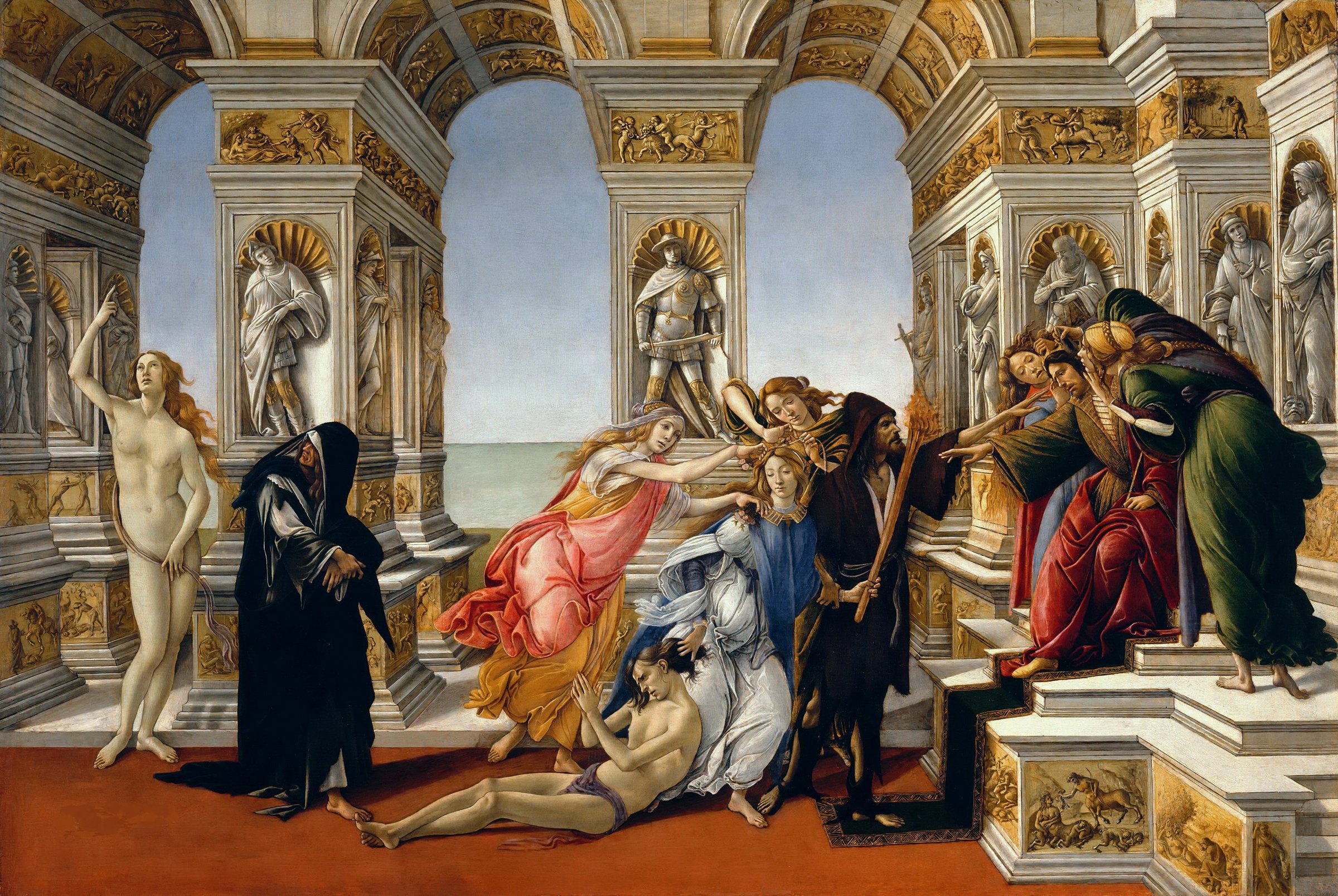What is the Multiverse? Do you know the secrets behind symbols in art throughout history?
Art history shows that, throughout history, humans have invoked symbolism in art to demonstrate kings’ and leaders’ connections with the divine.
Parsing the Multiverse
Humans use words to express themselves, but they are also limiting. That’s why we use other symbols like music, dance, and visual art - visible in art history.
Although words are the instruments that make humans unique - that distinguish us from other species, providing a unique means of shaping questions, answers, doubts, and certainties - they are limited and also limiting instruments...we have used other instruments - music, dance, the visual arts - whenever words have been insufficient or when the majority of the profanus (secular) has lacked access to words or understanding of the written word to represent the sacer (sacred) and its relationship with us.

Art symbolizes our interaction with a greater power and art has served religion, which, in turn has served in politics to legitimize leaders’ authority through a synergy of symbolism.
Art and its transformative symbols are a means of concretizing the absolute abstraction of divinity and its interface with us, helping religious adherents to grasp the ungraspable. Throughout history, as the arts have served religion, religion has been a handmaiden of politics. The deification of a pharaoh or a shah or a king - or merely the ascription of a sacer (sacred) connection to such figures - not only transforms these individuals into sacerdotes but also reinforces and legitimizes their authority. We are less likely to rebel against a ruler whose source of power is the sacer (sacred) than against one whose power is derived merely from the pro fanus (secular). In turn, then, art, the servant of religion, has served politics, as religion has served politics.
Ancient Egyptian pharoah Chefren is visible in art history embraced by the god Horus.
The depiction of the pharaoh Chefren (Chafra) with the hawk falcon representing god Horus behind him, its wings extended to embrace him around the shoulders, reminds his constituents in strong visual terms - concrete terms, one might say - of the divine basis of his rule.
In art history, both ancient Egyptian rulers and medieval Christian kings are depicted as divinely empowered.
This reminder extends to generation after generation, encompassing one ruler after the next, all of whom are understood, within the circle of Egyptian belief, to be a progression of avatars of the same divinely empowered principle. Similarly, the image of a medieval Christian king, enthroned and flanked by acolytes, calls to mind (perhaps unconsciously) the image of Christ enthroned and flanked by angels and encourages viewers to associate the king with Christ and the sacer (sacred).
Symbolism is dynamic, calling on the past, present, and future, pulled among the fixed and the ever-changing, and always at play between the meaning of words and images.
The Mythos of symbols is a complex of interwoven elements that involve the here and now and the hereafter, the present and the utterly Other. It is an account of a dynamic tension between the elements that are forever the same and those that are in constant flux. It is a story of the relationship between words and images, and between the word as it was revealed and as it is interpreted, the image as it was originally shaped and its ongoing interpretative recasting. It is about ourselves and that which is outside ourselves, in the myriad conscious and unconscious ways in which we seek to survive - however we interpret that word.
Author Ori Soltes is a Georgetown professor of many disciplines, author of sixteen books, and a real life Da Vince Code Robert Langdon.
About Ori Soltes
Known as The Da Vinci Code's real-life 'Robert Langdon', Ori teaches theology, philosophy, politics, and art history at Georgetown University. For seven years Ori was Director and Chief Curator of the B’nai B’rith Klutznick National Jewish Museum, where he curated over 80 exhibitions focusing on aspects of history, ethnography, and contemporary art.
He has also curated diverse contemporary and historical exhibits at other sites, nationally and
internationally. He is the author of sixteen books, including Untangling the Web: A Thinking Person’s Guide to Why the Middle East is a Mess and Always Has Been.

.png)

